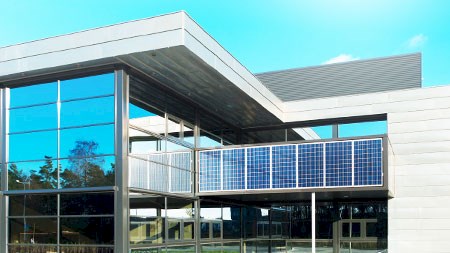Consumers were undoubtedly relieved at the August announcement that fuel prices were to be reduced - with more reductions expected in September. However, these reductions are not yet expected to be sufficient to stop an anticipated weakening in commercial property demand in the latter half of 2022, according to John Loos, Property Sector Strategist at FNB Commercial Property Finance.
This is because the lagged direct and indirect effects from earlier fuel price hikes are still feeding through. There are still second-round inflationary effects being felt from the previous extreme fuel price increases until early July.
There are also other sources of troublesome inflationary pressure at present, says Loos - notably from a surge in food prices.
Inflation
FNB’s economics team expects CPI inflation to only peak at around 8% late in 2022. In addition, higher fuel and food prices have prompted an increase in inflation expectations and strengthened the risk of structurally higher inflation along with expected second-round effects.
In line with this, interest rates have continued rising, and FNB currently expects a further 100 basis points worth of interest rate hikes to where the prime rate reaches 10% in 2023.
“Even following the mild fuel price decline, price levels will remain exorbitant at a Gauteng pump price of R24,99. Along with rising general inflation and interest rates, this exerts considerable financial strain on consumers and businesses,” says Loos.
Retail
Regarding retail property, Loos still expects consumer expenditure to remain ‘reprioritised’ to be able to cope with increased fuel bills and higher interest rates.
“We expect this to remain a negative for retailers and retail centres focusing more on non-essentials as well as low-frequency items where consumers can postpone their purchases. Many of these centres may be the larger regional categories, whereas the smaller neighbourhood and convenience centres may be affected to a lesser extent.”
StatsSA retail data showed fuel sales growing by a robust 26.6% in May 2022, which was likely even stronger in June/July, given the further fuel price inflation. This increase must have taken a noticeable bite out of consumer wallets and subsequently shopping centres.
Certain low frequency ‘postponeable spend’ categories also hinted at support for FNB’s view of reprioritisation of spending in May. For example:
- Hardware, paint and glass product retail relates to home maintenance and improvements which can often be postponed. Figures in this category declined by -6.8% year on year in real terms.
- Clothing textiles and footwear figures were down by -4%.
- Home furniture and appliances were down -0.3.
By comparison, the more stable and essential ‘general dealers’ category, which includes food and grocery shopping, was still growing positively by +3.7%.
Global shortages
Loos says the pressure from the earlier global oil and fuel price surge on property markets due to the global and domestic economic impact – with some major economies even fearing recession - has also probably not entirely fed through yet.
The July manufacturing purchasing managers’ index pointed to some negative impact that is, in part, likely due to the earlier oil price surge. A negative impact on SA’s trade can negatively affect demand for industrial property space, says Loos.
“The effect of recently rising interest rates - as well as further expected increases in response to the inflation surge - along with added economic pressure, are still therefore expected to lead to slowing property sales activity in all major commercial property sectors in the current half of 2022 despite the recent fuel price drop. All these influences are in part influenced by global oil and fuel price hikes.
“In addition, we still expect upward pressure on property capitalisation rates and downward pressure on real commercial property values in the second half of 2022.”
Impact
Loos hopes the recent fuel price drop signals the end of the previous series of extreme petrol price hikes. However, he believes the full impact of the prior fuel price increases on the property market has not yet been felt.
On the residential property side, slower new residential development is also expected to continue in the second half of 2022. The residential rental market, though, is expected to continue its further mild strengthening, buoyed by a portion of aspirant home buyers postponing their purchases and renting while waiting out the interest rate hiking cycle.
Writer : Sarah-Jane Meyer




